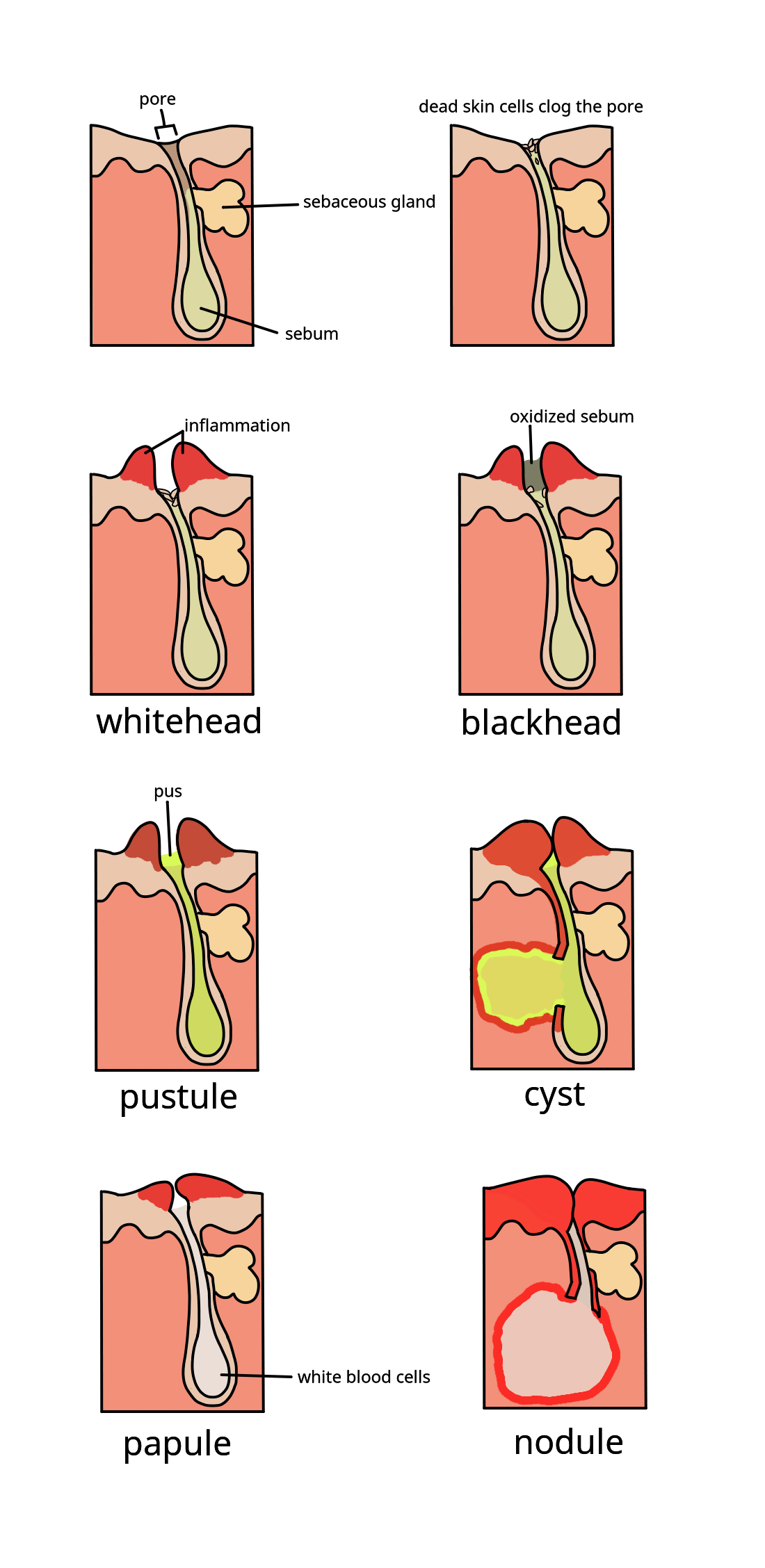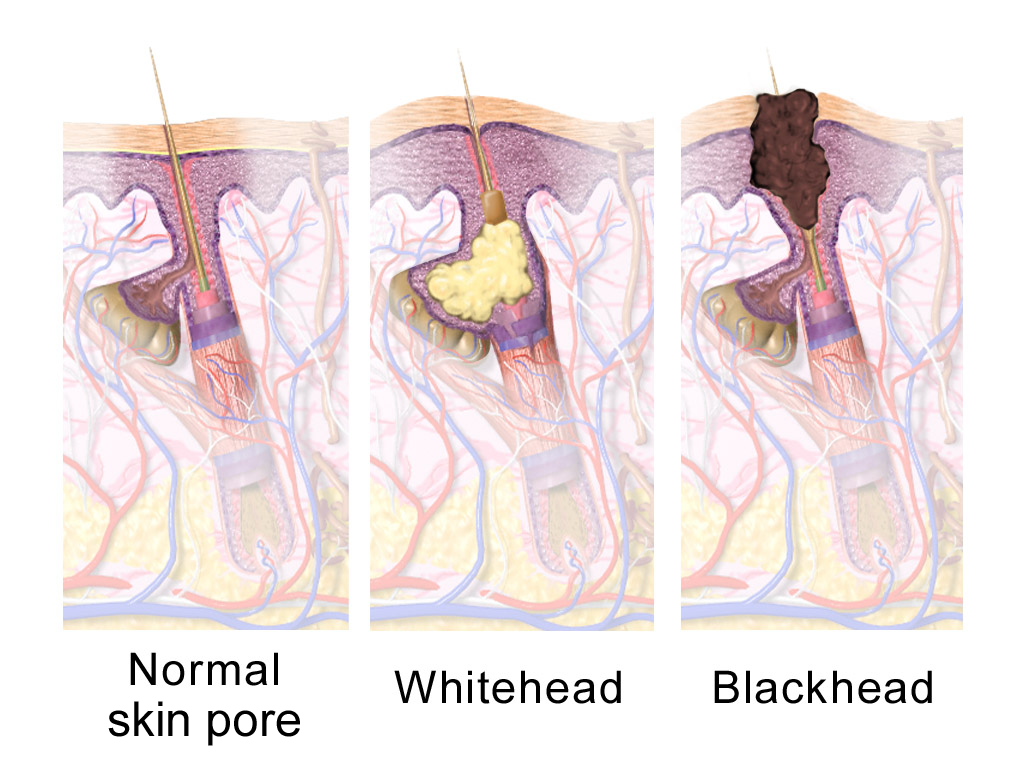|
Delanterone
Delanterone () (developmental code name GBR-21162), also known as 1α-methylandrosta-4,16-dien-3-one, is a steroidal antiandrogen described as an anti-acne agent which was never marketed. The compound showed poor efficacy as an antiandrogen ''in vivo'' in animals, suggestive of low activity or a short terminal half-life, and likely in relation to this was not further developed. It was described and characterized in the literature in 1977. See also * Steroidal antiandrogen * List of steroidal antiandrogens This is a list of steroidal antiandrogens. Progesterone derivatives * 11α-Hydroxyprogesterone = 11α-hydroxyprogesterone * Chlormadinone acetate = 17α-acetoxy-6-chloro-δ6-progesterone * Clometerone (L-38000) = 6α-chloro-16α-methylproge ... References Androstanes Anti-acne preparations Cyclopentenes Steroidal antiandrogens {{dermatologic-drug-stub ... [...More Info...] [...Related Items...] OR: [Wikipedia] [Google] [Baidu] |
Steroid
A steroid is a biologically active organic compound with four rings arranged in a specific molecular configuration. Steroids have two principal biological functions: as important components of cell membranes that alter membrane fluidity; and as signaling molecules. Hundreds of steroids are found in plants, animals and fungi. All steroids are manufactured in cells from the sterols lanosterol (opisthokonts) or cycloartenol (plants). Lanosterol and cycloartenol are derived from the cyclization of the triterpene squalene. The steroid core structure is typically composed of seventeen carbon atoms, bonded in four " fused" rings: three six-member cyclohexane rings (rings A, B and C in the first illustration) and one five-member cyclopentane ring (the D ring). Steroids vary by the functional groups attached to this four-ring core and by the oxidation state of the rings. Sterols are forms of steroids with a hydroxy group at position three and a skeleton derived from cholestane. ''A ... [...More Info...] [...Related Items...] OR: [Wikipedia] [Google] [Baidu] |
Antiandrogen
Antiandrogens, also known as androgen antagonists or testosterone blockers, are a class of drugs that prevent androgens like testosterone and dihydrotestosterone (DHT) from mediating their biological effects in the body. They act by blocking the androgen receptor (AR) and/or inhibiting or suppressing androgen production. They can be thought of as the functional opposites of AR agonists, for instance androgens and anabolic steroids (AAS) like testosterone, DHT, and nandrolone and selective androgen receptor modulators (SARMs) like enobosarm. Antiandrogens are one of three types of sex hormone antagonists, the others being antiestrogens and antiprogestogens. Antiandrogens are used to treat an assortment of androgen-dependent conditions. In men, antiandrogens are used in the treatment of prostate cancer, enlarged prostate, scalp hair loss, overly high sex drive, unusual and problematic sexual urges, and early puberty. In women, antiandrogens are used to treat acne, seborrhea, ... [...More Info...] [...Related Items...] OR: [Wikipedia] [Google] [Baidu] |
Anti-acne Agent
Acne, also known as ''acne vulgaris'', is a long-term skin condition that occurs when dead skin cells and oil from the skin clog hair follicles. Typical features of the condition include blackheads or whiteheads, pimples, oily skin, and possible scarring. It primarily affects skin with a relatively high number of oil glands, including the face, upper part of the chest, and back. The resulting appearance can lead to anxiety, reduced self-esteem, and, in extreme cases, depression or thoughts of suicide. Susceptibility to acne is primarily genetic in 80% of cases. The roles of diet and cigarette smoking in the condition are unclear, and neither cleanliness nor exposure to sunlight appear to play a part. In both sexes, hormones called androgens appear to be part of the underlying mechanism, by causing increased production of sebum. Another common factor is the excessive growth of the bacterium ''Cutibacterium acnes'', which is present on the skin. Treatments for acne are ava ... [...More Info...] [...Related Items...] OR: [Wikipedia] [Google] [Baidu] |
Efficacy
Efficacy is the ability to perform a task to a satisfactory or expected degree. The word comes from the same roots as ''effectiveness'', and it has often been used synonymously, although in pharmacology a pragmatic clinical trial#Efficacy versus effectiveness, distinction is now often made between efficacy and effectiveness. The word ''efficacy'' is used in pharmacology and medicine to refer both to the maximum response achievable from a pharmaceutical drug in research settings, and to the capacity for sufficient therapeutic effect or beneficial change in clinical settings. Pharmacology In pharmacology, efficacy () is the maximum response achievable from an applied or dosed agent, for instance, a small molecule drug. Intrinsic activity is a relative term for a drug's efficacy relative to a drug with the highest observed efficacy. It is a purely descriptive term that has little or no mechanistic interpretation. In order for a drug to have an effect, it needs to bind to its t ... [...More Info...] [...Related Items...] OR: [Wikipedia] [Google] [Baidu] |
In Vivo
Studies that are ''in vivo'' (Latin for "within the living"; often not italicized in English) are those in which the effects of various biological entities are tested on whole, living organisms or cells, usually animals, including humans, and plants, as opposed to a tissue extract or dead organism. This is not to be confused with experiments done ''in vitro'' ("within the glass"), i.e., in a laboratory environment using test tubes, Petri dishes, etc. Examples of investigations ''in vivo'' include: the pathogenesis of disease by comparing the effects of bacterial infection with the effects of purified bacterial toxins; the development of non-antibiotics, antiviral drugs, and new drugs generally; and new surgical procedures. Consequently, animal testing and clinical trials are major elements of ''in vivo'' research. ''In vivo'' testing is often employed over ''in vitro'' because it is better suited for observing the overall effects of an experiment on a living subject. In dr ... [...More Info...] [...Related Items...] OR: [Wikipedia] [Google] [Baidu] |
Terminal Half-life
Biological half-life (also known as elimination half-life, pharmacologic half-life) is the time taken for concentration of a biological substance (such as a medication) to decrease from its maximum concentration ( Cmax) to half of Cmax in the blood plasma, and is denoted by the abbreviation t_. This is used to measure the removal of things such as metabolites, drugs, and signalling molecules from the body. Typically, the biological half-life refers to the body's natural cleansing through the function of the liver and through the excretion of the measured substance through the kidneys and intestines. This concept is used when the rate of removal is roughly exponential. In a medical context, half-life explicitly describes the time it takes for the blood plasma concentration of a substance to halve (''plasma half-life'') its steady-state when circulating in the full blood of an organism. This measurement is useful in medicine, pharmacology and pharmacokinetics because it helps det ... [...More Info...] [...Related Items...] OR: [Wikipedia] [Google] [Baidu] |
Steroidal Antiandrogen
A steroidal antiandrogen (SAA) is an antiandrogen with a steroidal chemical structure. They are typically antagonists of the androgen receptor (AR) and act both by blocking the effects of androgens like testosterone and dihydrotestosterone (DHT) and by suppressing gonadal androgen production. SAAs lower concentrations of testosterone through simulation of the negative feedback inhibition of the hypothalamus. SAAs are used in the treatment of androgen-dependent conditions in men and women, and are also used in veterinary medicine for the same purpose. They are the converse of nonsteroidal antiandrogens (NSAAs), which are antiandrogens that are not steroids and are structurally unrelated to testosterone. Medical uses SAAs are used in clinical medicine for the following indications: * Prostate cancer in men * Benign prostatic hyperplasia in men * Androgen-dependent skin and hair conditions like acne, hirsutism, seborrhea, and pattern hair loss (androgenic alopecia) in women * Hy ... [...More Info...] [...Related Items...] OR: [Wikipedia] [Google] [Baidu] |
List Of Steroidal Antiandrogens
This is a list of steroidal antiandrogens. Progesterone derivatives * 11α-Hydroxyprogesterone = 11α-hydroxyprogesterone * Chlormadinone acetate = 17α-acetoxy-6-chloro-δ6-progesterone * Clometerone (L-38000) = 6α-chloro-16α-methylprogesterone * Cyproterone (SH-80881) = 1,2α-methylene-6-chloro-δ6-17α-hydroxyprogesterone * Cyproterone acetate = 1,2α-methylene-6-chloro-δ6-17α-acetoxyprogesterone * Edogestrone (PH-218) = 17α-acetoxy-3,3-ethylenedioxy-6-methylpregn-5-en-20-one * Medrogestone = 6,17α-dimethyl-δ6-progesterone * Megestrol acetate = 17α-acetoxy-δ6-6-methylprogesterone * Nomegestrol acetate = 17α-acetoxy-δ6-6-methyl-19-norprogesterone * Osaterone acetate (TZP-4238) = 17α-acetoxy-6-chloro-2-oxa-δ6-progesterone Testosterone derivatives * Abiraterone (CB-7598) = 17-(3-pyridinyl)androsta-5,16-dien-3β-ol * Abiraterone acetate = 17-(3-pyridinyl)androsta-5,16-dien-3β-ol acetate * Benorterone (SKF-7690, FC-612) = 17α-methyl-''B''-nortestosterone * BO ... [...More Info...] [...Related Items...] OR: [Wikipedia] [Google] [Baidu] |
Androstanes
An androgen (from Greek ''andr-'', the stem of the word meaning "man") is any natural or synthetic steroid hormone that regulates the development and maintenance of male characteristics in vertebrates by binding to androgen receptors. This includes the embryological development of the primary male sex organs, and the development of male secondary sex characteristics at puberty. Androgens are synthesized in the testes, the ovaries, and the adrenal glands. Androgens increase in both males and females during puberty. The major androgen in males is testosterone. Dihydrotestosterone (DHT) and androstenedione are of equal importance in male development. DHT ''in utero'' causes differentiation of the penis, scrotum and prostate. In adulthood, DHT contributes to balding, prostate growth, and sebaceous gland activity. Although androgens are commonly thought of only as male sex hormones, females also have them, but at lower levels: they function in libido and sexual arousal. Also, and ... [...More Info...] [...Related Items...] OR: [Wikipedia] [Google] [Baidu] |
Anti-acne Preparations
Acne, also known as ''acne vulgaris'', is a long-term skin condition that occurs when dead skin cells and oil from the skin clog hair follicles. Typical features of the condition include blackheads or whiteheads, pimples, oily skin, and possible scarring. It primarily affects skin with a relatively high number of oil glands, including the face, upper part of the chest, and back. The resulting appearance can lead to anxiety, reduced self-esteem, and, in extreme cases, depression or thoughts of suicide. Susceptibility to acne is primarily genetic in 80% of cases. The roles of diet and cigarette smoking in the condition are unclear, and neither cleanliness nor exposure to sunlight appear to play a part. In both sexes, hormones called androgens appear to be part of the underlying mechanism, by causing increased production of sebum. Another common factor is the excessive growth of the bacterium ''Cutibacterium acnes'', which is present on the skin. Treatments for acne are ... [...More Info...] [...Related Items...] OR: [Wikipedia] [Google] [Baidu] |



